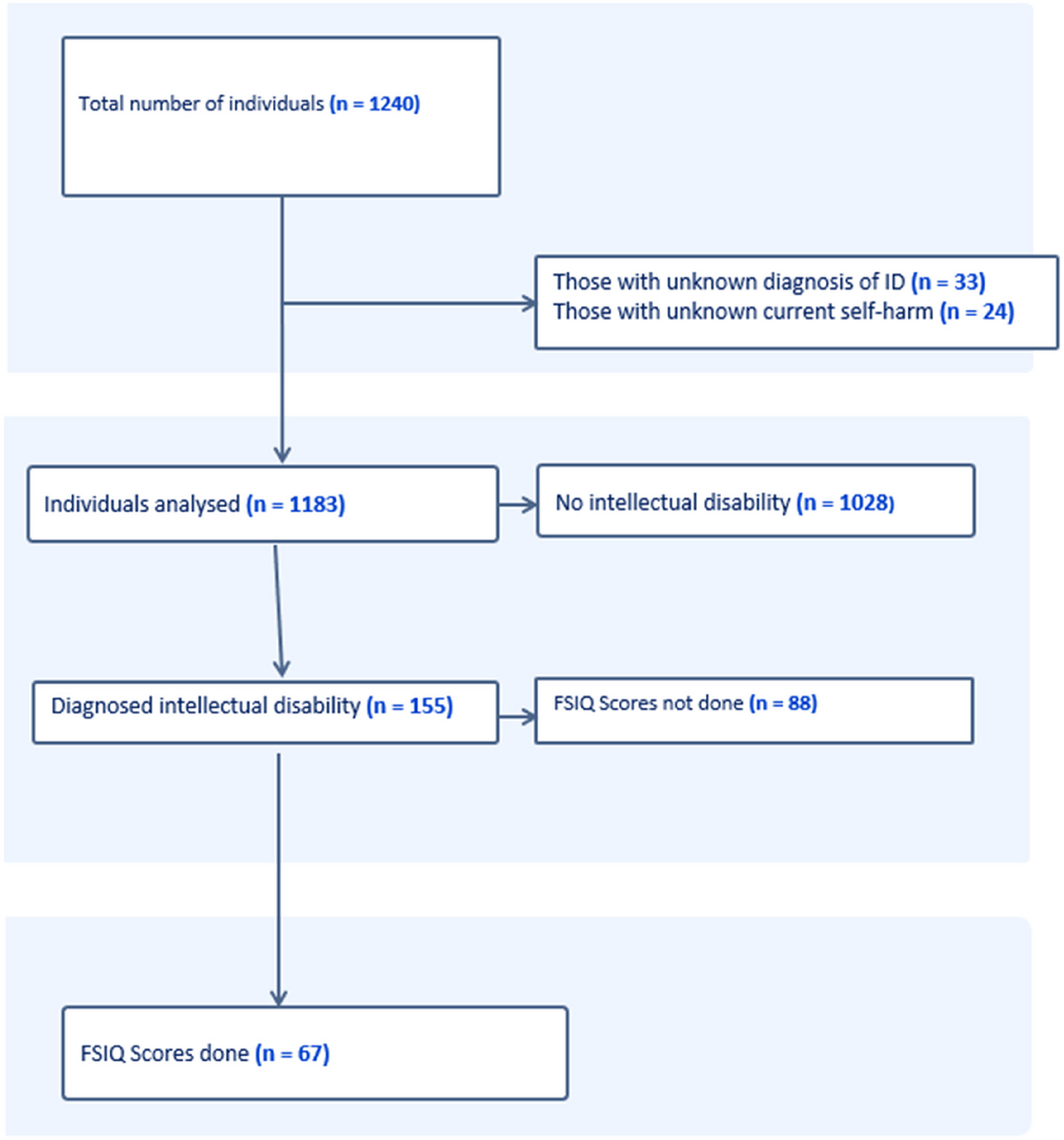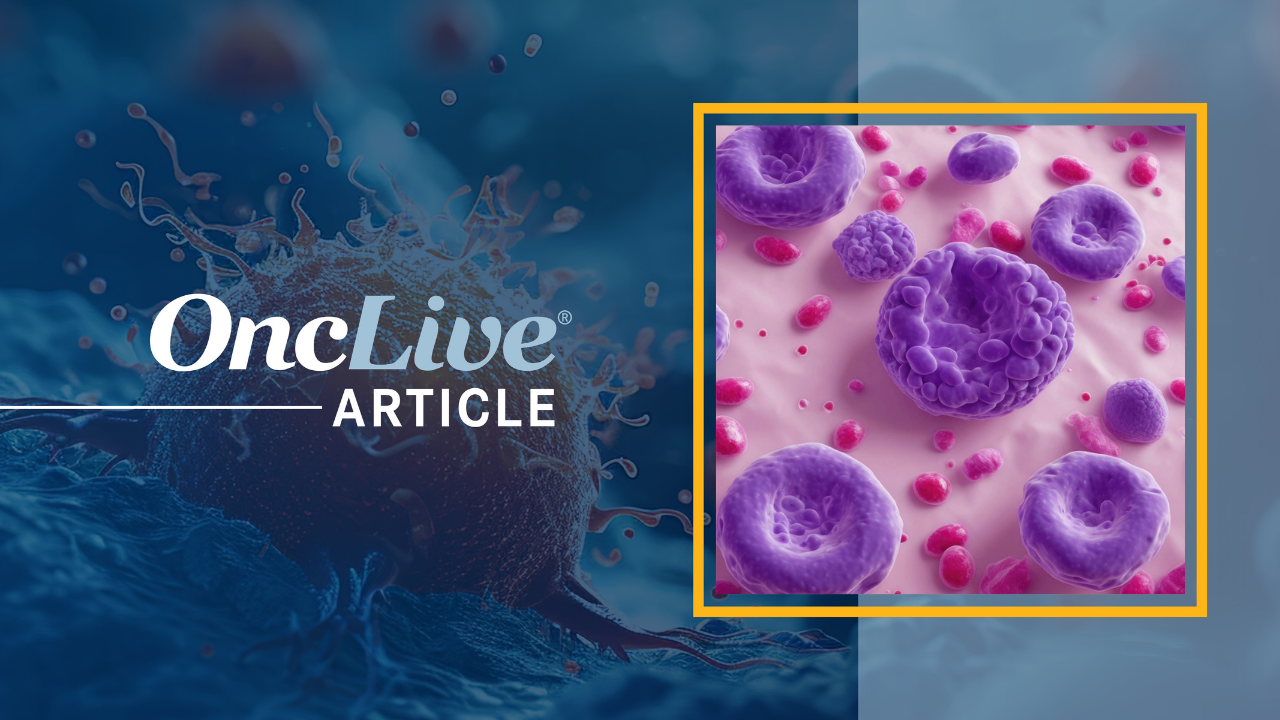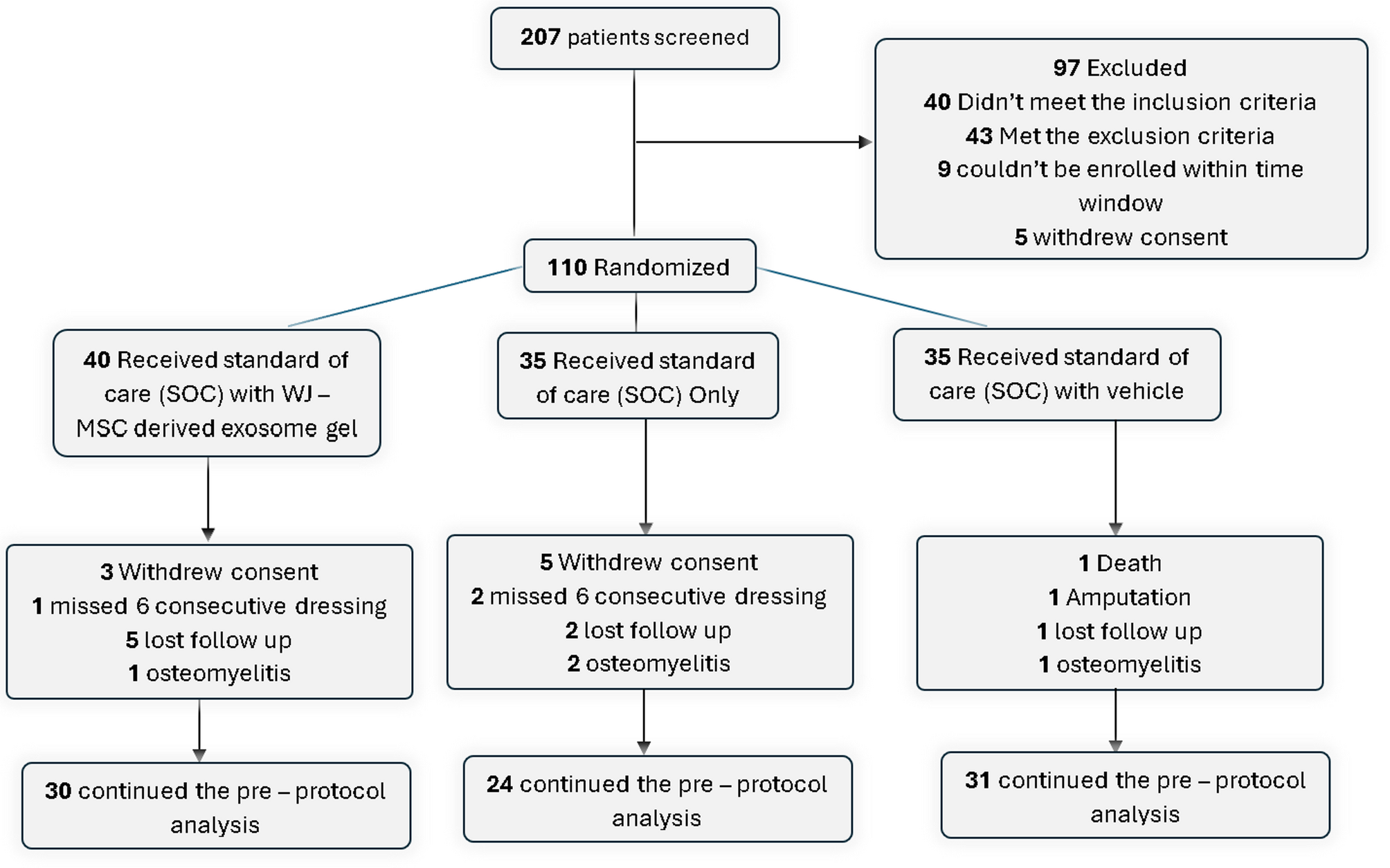PLANO, Texas, Oct. 13, 2025 /PRNewswire/ — Boeing [NYSE: BA], in partnership with Southwest Airlines (SWA) and Aeroxchange Ltd., has successfully completed the aerospace industry’s first parts shipment accompanied by a digital 8130-3 certificate—an electronic version of the FAA-governed 8130-3 Authorized Release Certificate. This milestone advances supply chain security by preventing unapproved spare parts from entering the aerospace aftermarket.
“This industry-first shipment reflects Boeing’s dedication to pursuing game-changing solutions through teamwork and partnership,” said William Ampofo, senior vice president, Parts & Distribution and Supply Chain, Boeing Global Services. “Together with Southwest Airlines and Aeroxchange, we are transforming how the industry ensures part authenticity and supply chain security.”
The FAA Form 8130-3 certifies the airworthiness of aircraft parts, components and articles. The digital 8130 certificate replaces the traditional paper certificate with a secure, encrypted file that authenticates the authorized signer’s identity and ensures document integrity. Boeing led a pilot project to generate and gain authorization for this digital solution.
Recently, a battery serviced at Boeing’s product repair services center in Davie, Florida, was the first part shipped using the electronic form, transmitted using the Aeroxchange eARC™ platform. Southwest Airlines received the battery at its Dallas facility, verifying its authenticity and airworthiness through the new digital process.
“Southwest is proud to be a partner in the electronic process of document transfers and thrilled to be onsite for the very first delivery of a ship battery using this process. The security benefit of electronic forms aligns to Southwest’s value of a Safety-first culture and will be of significant benefit in the aviation industry,” said Landon Nitschke, senior vice president, Technical Operations, Southwest Airlines.
“Aeroxchange is honored to have partnered with Boeing and Southwest Airlines to transmit this first ever eARC document providing a highly secure, verifiable digital record of the Authorized Release Certificate, Form 8130-3,” said Al Koszarek, president and CEO of Aeroxchange. “This landmark event is a milestone on the industry’s journey to prevent unapproved parts from entering the aviation supply chain.”
Leveraging industry-leading X.509 security protocols, public/private key encryption, and blockchain-ready formats, the digital 8130 certificate creates an immutable, verifiable record of part authenticity throughout its lifecycle.
Boeing will continue rolling out use of the digital 8130 certificate across all nine of its product repair services centers, as each center receives authorization from the FAA to use electronic systems for recordkeeping, electronic signatures and electronic manuals.
Expanding the use of digital authorized release certificates was a key recommendation from the Aviation Supply Chain Integrity Coalition (ASCIC), a cross-industry group dedicated to preventing unapproved parts from entering the aviation supply chain. Boeing, Southwest Airlines and Aeroxchange are active members of the ASCIC.
A leading global aerospace company and top U.S. exporter, Boeing develops, manufactures and services commercial airplanes, defense products and space systems for customers in more than 150 countries. Our U.S. and global workforce and supplier base drive innovation, economic opportunity, sustainability and community impact. Boeing is committed to fostering a culture based on our core values of safety, quality and integrity.
Contact
Paula Horton
Boeing Communications
1-425-919-9351
[email protected]
Boeing Media Relations
[email protected]
View original content:https://www.prnewswire.com/news-releases/boeing-airline-partners-set-new-standard-for-parts-authentication-302581242.html
SOURCE Boeing






